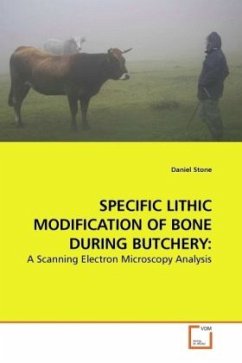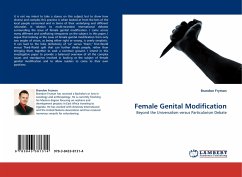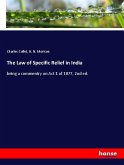This research is the first to address in detail whether the lithic types of stone tools can be deduced from the morphological characteristics of cut marks on ancient bones using scanning electron microscopy and image analysis. Beginning with a review of relevant taphonomical literature it includes discussions on bone structure, bone modification, cut mark criteria, geological characteristics of specific lithics, the archaeological sites which provided the bone artifacts, the operation and use of an SEM, various replication protocols, and then the actualistic research. Cut marks were made on fresh bone using 8 different lithic flakes for a comparative data base and ancient cut marks on bones were then replicated for SEM and image analysis of the stunningly beautiful micrographs. The results show that distinctive morphological traits are left by specific lithic types in bone cut marks, and that a best possible fit to those types can be made for ancient faunal artifacts.








